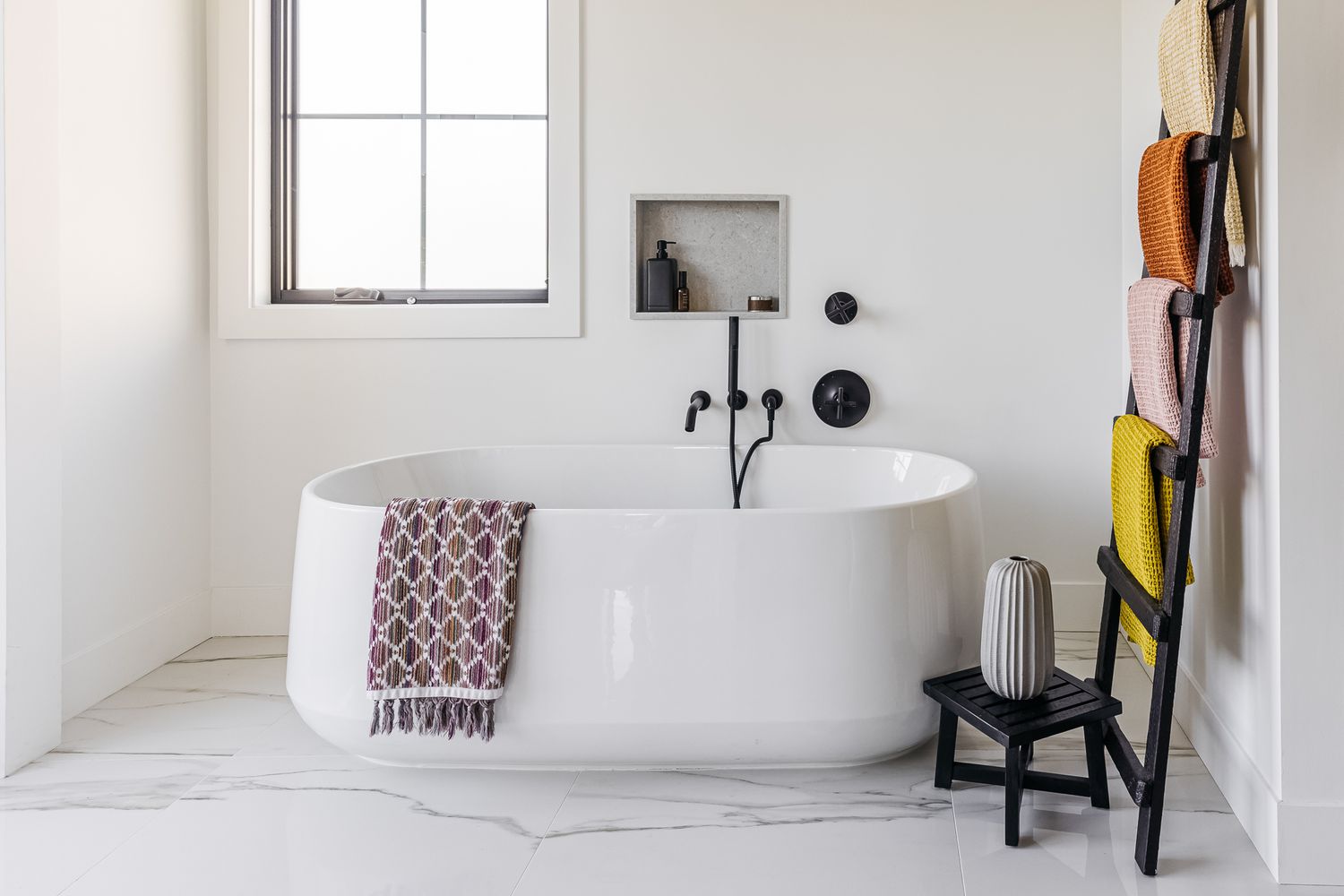

Articles
What Is A Garden Tub
Modified: February 22, 2024
Looking to upgrade your bathroom with a luxurious garden tub? Learn all about gardening and how to create a beautiful oasis in your own backyard.
(Many of the links in this article redirect to a specific reviewed product. Your purchase of these products through affiliate links helps to generate commission for Storables.com, at no extra cost. Learn more)
What is a Garden Tub
A garden tub is a luxurious and spacious bathtub designed to provide a relaxing and immersive bathing experience. It is typically larger and deeper than standard bathtubs, allowing individuals to fully submerge themselves in warm water and unwind after a long day. Also known as a soaking tub or a Roman tub, garden tubs are often favored for their aesthetic appeal and therapeutic benefits.
These tubs are called “garden tubs” because their original purpose was to offer a spa-like bathing experience in the midst of nature. In the past, they were commonly featured in outdoor gardens or private courtyards, surrounded by lush greenery and flowers, hence the name. Today, garden tubs are often installed indoors, in bathrooms, to bring a touch of luxury and relaxation to everyday life.
One of the prominent features of a garden tub is its size and depth. They are usually much larger and deeper than traditional bathtubs, allowing for comfortable soaking and ample space to stretch out and relax. Garden tubs are designed with wide and sloping sides, providing a comfortable reclining position, perfect for a long and leisurely soak.
In terms of material, garden tubs are typically made from durable and attractive materials such as acrylic, cast iron, or fiberglass. Each material has its own unique characteristics, giving homeowners a variety of options to choose from based on their preferences and budget.
Many garden tubs also come with additional features to enhance the bathing experience. These can include built-in massage jets for a spa-like massage, integrated lighting for a relaxing ambiance, and even built-in speakers to enjoy music or soothing sounds while bathing.
Overall, a garden tub adds a touch of luxury and relaxation to any bathroom. Its size, depth, and design make it a perfect addition for those who love to indulge in a soothing and rejuvenating bathing experience. So, if you’re considering upgrading your bathroom or creating your own personal oasis, a garden tub may be just what you need.
Key Takeaways:
- Garden tubs offer a luxurious and spa-like bathing experience, providing ample space for relaxation and therapeutic benefits. They come in various types and designs to suit different preferences and elevate the aesthetics of any bathroom.
- Installing and maintaining a garden tub requires careful planning and regular upkeep. From proper installation to regular cleaning and decor, a garden tub can become a sanctuary for self-care and rejuvenation in the comfort of your own home.
Read more: What Gardeners Need
Definition of a Garden Tub
A garden tub is a freestanding or built-in bathtub that is larger and deeper than a standard tub. It is designed to provide a luxurious and spa-like bathing experience, allowing individuals to immerse themselves fully in warm water for ultimate relaxation and rejuvenation.
These tubs are typically oval or rectangular in shape and can vary in size, with some garden tubs being large enough to accommodate two people comfortably. They are often made from materials such as acrylic, fiberglass, or cast iron, which are durable and easy to clean.
Garden tubs are called “garden tubs” because they were originally placed outdoors in garden settings. They were often found in luxurious estates or high-end hotels where individuals could bathe surrounded by nature and enjoy a tranquil environment. Over time, garden tubs have made their way indoors and are now commonly seen in residential bathrooms, adding a touch of elegance and relaxation to the space.
One of the defining features of a garden tub is its depth. Unlike standard bathtubs, which are primarily intended for basic bathing purposes, a garden tub is designed for soaking. Its increased depth allows for complete submersion of the body, providing a more spa-like experience.
In addition to its size and depth, garden tubs often come with various features and amenities to enhance the bathing experience. These can include jets or whirlpool systems for hydrotherapy massages, built-in heating elements for maintaining water temperature, and even integrated lighting for creating a soothing ambiance.
Overall, a garden tub is a luxurious and indulgent addition to any bathroom. It offers a space for relaxation, rejuvenation, and self-care, allowing individuals to escape the stresses of everyday life and immerse themselves in a soothing and tranquil bathing experience.
Features of a Garden Tub
Garden tubs are designed to provide a luxurious and indulgent bathing experience. They offer a range of features that enhance comfort, relaxation, and convenience. Here are some key features of a garden tub:
- Size and Depth: Garden tubs are larger and deeper than standard bathtubs. They typically have ample space to accommodate one or two people comfortably. The increased depth allows for full-body immersion, providing a more immersive and relaxing bathing experience.
- Materials: Garden tubs are constructed from a variety of materials, including acrylic, fibreglass, and cast iron. These materials are chosen for their durability, ease of maintenance, and aesthetic appeal.
- Design: Garden tubs come in various designs and shapes. They can be oval, rectangular, or even uniquely shaped to suit different bathroom styles and preferences. The design often includes sloping sides and contoured edges to provide optimal comfort and support.
- Jet Systems: Many garden tubs feature built-in jet systems, often referred to as whirlpool or hydrotherapy systems. These jets emit pressurized streams of water, creating a soothing massage effect. Jet systems can be adjusted to target specific areas of the body, providing relief from muscle tension and promoting relaxation.
- Heating: Some garden tubs offer built-in heating elements that maintain the water temperature throughout your bathing experience. This feature is particularly useful for those who enjoy long, leisurely soaks without worrying about the water getting cold.
- Lighting: To create a relaxing and spa-like ambiance, garden tubs may include integrated lighting options. These can range from soft, dimmable lights to color-changing LED lights, allowing you to set the mood according to your preferences.
- Accessibility: Many garden tubs are designed with accessibility in mind. They may feature low entry points or built-in grab bars for individuals with mobility challenges. This ensures that everyone can enjoy the benefits of a garden tub comfortably and safely.
These features combine to create a luxurious and serene bathing experience in the comfort of your own home. Whether you prefer a simple yet spacious design or desire the added benefits of jets, heating, and lighting, garden tubs provide a range of features to cater to your relaxation needs.
Pros and Cons of Garden Tubs
Garden tubs offer a luxurious and rejuvenating bathing experience, but they also come with their own set of advantages and disadvantages. Here are some pros and cons to consider before deciding to install a garden tub:
Pros:
- Luxurious Relaxation: Garden tubs provide a spa-like experience, allowing you to escape the stresses of the day and unwind in the comfort of your own home.
- Ample Space: The larger size of garden tubs offers plenty of space to stretch out and enjoy a comfortable soak. They can accommodate one or two people, making it a perfect choice for couples or individuals who prefer a spacious bathing area.
- Therapeutic Benefits: The deep soaking depth of garden tubs can offer therapeutic benefits, such as relieving muscle tension and promoting relaxation. Built-in jet systems can provide targeted massage therapy for enhanced relaxation and stress relief.
- Aesthetic Appeal: Garden tubs often come in elegant designs and materials, adding a touch of luxury and style to your bathroom. They can serve as a focal point and enhance the overall aesthetics of the space.
- Home Value: A well-designed and well-maintained garden tub can increase the value of your home. It is considered a desirable feature by many homebuyers and can make your property stand out in the real estate market.
Read more: What Do Gardeners Do
Cons:
- Space Requirements: Garden tubs require a significant amount of space, both in terms of length and width. If you have a small bathroom, installing a garden tub may not be feasible or may make the area feel cramped.
- Cost: Garden tubs can be more expensive compared to standard bathtubs due to their larger size, materials, and additional features. The cost of installation and any necessary modifications to your bathroom should also be considered.
- Water Usage: The larger size of garden tubs means they require more water to fill. This can result in higher water bills and may not be environmentally friendly if you are conscious of water conservation.
- Maintenance: The additional features of garden tubs, such as jets and lighting, may require regular maintenance and cleaning to ensure their proper functioning. This can add to the overall maintenance efforts required for your bathroom.
- Accessibility: The deep design of garden tubs may pose accessibility challenges for individuals with mobility issues or disabilities. It is important to consider the needs and limitations of all users before installing a garden tub.
Ultimately, the decision to install a garden tub depends on your personal preferences, budget, and available space. Consider the pros and cons carefully to determine if a garden tub aligns with your lifestyle and bathing needs.
How to Install a Garden Tub
If you’re planning to install a garden tub in your bathroom, it’s important to follow the proper installation process to ensure a safe and secure fit. Here are the general steps to install a garden tub:
- Plan and Prepare: Start by measuring the area where you want to install the garden tub to ensure it will fit properly. Consider the dimensions of the tub, plumbing requirements, and any necessary modifications to the existing bathroom. Obtain any required building permits or consult with a professional if needed.
- Remove Existing Fixtures: If there is an existing bathtub or other fixtures in the desired area, remove them carefully. Turn off the water supply and disconnect the plumbing connections. Remove any surrounding tiles or fixtures that may obstruct the installation process.
- Prepare the Plumbing: Ensure that the plumbing is in good condition and meets the requirements for the garden tub. Install any necessary drains, faucets, and water supply lines according to the manufacturer’s instructions. It may be necessary to hire a professional plumber for this step if you’re not confident in your plumbing skills.
- Install the Support Frame: Create a sturdy support frame for the garden tub. This frame is typically made of wood or metal and provides a stable base for the tub. Follow the manufacturer’s guidelines and ensure that the frame is level and securely attached to the floor and walls.
- Position and Secure the Garden Tub: Carefully position the garden tub onto the support frame, making sure it is centered and level. Use shims or adjustable feet to ensure stability. Once the tub is in the desired position, secure it to the support frame according to the manufacturer’s instructions.
- Connect the Plumbing: Reconnect the plumbing, including the water supply lines, drains, and faucets. Apply plumber’s tape or sealant to ensure a watertight connection. Turn on the water supply and check for any leaks. Make any necessary adjustments or repairs to ensure proper functioning.
- Finish the Surrounding Area: Depending on your design preferences, you may choose to tile or install a surround around the garden tub. This step will help protect the walls from water damage and enhance the overall aesthetics of the bathroom. Follow proper tiling or installation techniques for a professional finish.
- Test and Enjoy: Once the installation is complete, it’s essential to test the garden tub to ensure proper functionality. Fill the tub with water and check for any leaks or issues. Adjust any necessary settings, such as jets or lighting, according to the manufacturer’s instructions. Now, sit back, relax, and enjoy your new garden tub!
It is important to note that these steps provide a general overview of the installation process. Since each bathroom and garden tub may have specific requirements, it’s recommended to follow the manufacturer’s instructions and consult with a professional if you are unsure about any aspect of the installation process. Proper installation will ensure that your garden tub is safe, functional, and adds beauty to your bathroom.
Tips for Maintaining a Garden Tub
Maintaining a garden tub is essential to ensure its longevity and to continue enjoying a clean and relaxing bathing experience. Here are some helpful tips for keeping your garden tub in optimal condition:
- Regular Cleaning: Clean your garden tub regularly to prevent the buildup of soap scum, grime, and bacteria. Use a non-abrasive cleaner and a soft cloth or sponge to wipe down the tub’s surface. Avoid using harsh chemicals or abrasive scrub brushes that can damage the tub’s finish.
- Drain Maintenance: Keep the drain of your garden tub clear by regularly removing any hair or debris that may accumulate. Use a drain stopper or strainer to catch large particles and clean it after each use. Periodically, pour boiling water down the drain to help prevent clogs.
- Jet System Cleaning: If your garden tub has a jet system, follow the manufacturer’s instructions for cleaning and maintaining it. Regularly flush the jets with a mixture of water and cleaning solution to remove any built-up residue or bacteria. This will help ensure proper functioning and maintain the hygiene of the system.
- Preventive Measures: To minimize the risk of stains and damage to your garden tub, avoid using harsh or abrasive cleaning products, as well as bath oils or bath salts that can leave a residue. Wipe down the tub after each use to remove any excess water and prevent water spots.
- Sealing and Resurfacing: Over time, the finish of your garden tub may wear off or become dull. Consider periodically sealing the tub’s surface with a recommended sealant to protect it from stains and maintain its appearance. If the tub’s surface is damaged or worn, consider professional resurfacing to restore its original beauty.
- Maintain the Surrounding Area: If the garden tub is surrounded by tiles or another material, ensure that it is properly sealed and maintained. Wipe down the surrounding tiles regularly and repair any cracks or loose grout to prevent water damage.
- Check for Leaks: Regularly inspect your garden tub for any signs of leaks, such as water pooling or dampness around the tub or plumbing connections. If you notice any leaks, it is essential to address them promptly to prevent further damage to your tub or surrounding area.
- Follow Manufacturer’s Guidelines: Always refer to the manufacturer’s instructions for specific maintenance recommendations and guidelines for your garden tub. Each tub may have unique care requirements that should be followed to ensure proper maintenance and warranty compliance.
By following these tips and incorporating regular maintenance into your routine, you can ensure that your garden tub remains in excellent condition for years to come. A well-maintained tub will continue to provide a luxurious and relaxing bathing experience for you and your family.
Creative Ideas for Decorating a Garden Tub
A garden tub not only adds luxury and relaxation to your bathroom but also provides an opportunity to showcase your personal style and creativity. Here are some ideas for decorating your garden tub to create a serene and inviting atmosphere:
- Nature-Inspired Decor: Embrace the connection between your garden tub and nature by incorporating natural elements into your decor. Arrange potted plants or fresh flowers around the tub to bring the beauty of the outdoors inside. Use natural materials like bamboo or woven baskets for storage or decoration. This will create a peaceful and refreshing ambiance.
- Aromatic Candles: Enhance your relaxation experience by placing scented candles around the garden tub. Choose calming scents like lavender or eucalyptus to create a spa-like atmosphere. Opt for candles in decorative holders that complement the overall aesthetic of your bathroom.
- Luxurious Towels and Robes: Display plush towels and cozy bathrobes near the garden tub for a touch of elegance and comfort. Choose towels in colors that coordinate with the bathroom decor and stack them neatly on a shelf or in a decorative basket for easy access.
- Bath Tray or Caddy: Invest in a bath tray or caddy to place across the garden tub. This accessory is perfect for holding your favorite book, a glass of wine, or bath essentials like bath salts and a loofah. It not only adds convenience but also doubles as a stylish decor element.
- Soft Lighting: Create a soothing ambiance by incorporating soft lighting around the garden tub. Consider installing dimmable lights or adding string lights that can be draped around the tub area. This will create a warm and intimate atmosphere for a relaxing soak.
- Artwork or Wall Decor: Add a personal touch to your garden tub area by hanging artwork or wall decor. Choose pieces that inspire tranquility and reflection, such as nature-themed paintings, serene landscapes, or inspirational quotes. This will create a focal point and enhance the overall aesthetic of the space.
- Bath Accessories: Display decorative jars or containers filled with bath salts, bath bombs, or bubble bath near the garden tub. This not only adds visual interest but also allows easy access to indulgent bath products that make your bathing experience even more enjoyable.
- Faux Greenery: If you don’t have a green thumb or prefer low-maintenance options, consider incorporating faux greenery or artificial flowers into your garden tub decor. Place them strategically around the tub to bring a touch of nature and vibrant colors without the need for watering or maintenance.
Remember, the key to decorating your garden tub is to create a serene and inviting atmosphere that reflects your personal style and promotes relaxation. Experiment with different elements and find the perfect combination that makes your bathing experience truly luxurious and enjoyable.
Read more: What To Plant In The Garden
Popular Types and Designs of Garden Tubs
Garden tubs come in a variety of types and designs, allowing you to choose one that fits your personal style and bathroom aesthetic. Here are some popular types and designs to consider:
- Freestanding Garden Tubs: Freestanding garden tubs are standalone tubs that do not require any surrounding structure. They are often the focal point of the bathroom and can be placed anywhere in the room. Available in various shapes and sizes, freestanding tubs offer flexibility in design and placement.
- Drop-In Garden Tubs: Drop-in garden tubs are designed to be dropped into a deck or surround structure. The tub is partially or entirely sunken into the deck, creating a seamless and integrated look. Drop-in tubs offer a clean and modern appearance and can be customized with various materials and finishes for the deck structure.
- Corner Garden Tubs: Corner garden tubs are specifically designed to fit snugly into the corner of a bathroom. This type of tub is an excellent choice for smaller bathrooms or when you want to optimize space utilization. Corner tubs often have an oval or triangular shape and can accommodate one or two people comfortably.
- Clawfoot Garden Tubs: Clawfoot tubs are a classic and elegant option for a garden tub. These tubs feature decorative feet that add a touch of vintage charm and sophistication to the bathroom. Clawfoot tubs are typically freestanding and come in various sizes and materials, such as cast iron or acrylic.
- Whirlpool Garden Tubs: Whirlpool garden tubs are equipped with jet systems that provide a therapeutic and massaging bathing experience. These tubs feature built-in jets that emit pressurized streams of water, creating a soothing massage effect. Whirlpool tubs are available in different shapes and sizes and offer customizable jet configurations.
- Contemporary Garden Tubs: Contemporary garden tubs often feature sleek lines, minimalistic designs, and clean finishes. They are characterized by their modern and stylish appearance, blending seamlessly with contemporary bathroom decor. Contemporary tubs can be freestanding or drop-in and are available in a range of colors and materials to match your design aesthetic.
- Japanese Soaking Tubs: Japanese soaking tubs, also known as ofuro tubs, are deep soaking tubs inspired by traditional Japanese bathing rituals. These tubs are typically made of wood and designed for a deep immersion experience. Japanese soaking tubs are known for their simplicity, elegance, and ability to induce relaxation.
When choosing a garden tub, consider the overall theme and style of your bathroom. Additionally, keep in mind the size of your space, functionality requirements, and personal preferences. Whether you opt for a freestanding clawfoot tub, a contemporary drop-in tub, or a Japanese soaking tub, selecting the right type and design will enhance the overall aesthetic and enjoyment of your bathing space.
Frequently Asked Questions about Garden Tubs
Here are some frequently asked questions about garden tubs along with their answers:
1. What is the difference between a garden tub and a regular bathtub?
A garden tub is larger and deeper than a regular bathtub, providing a more spacious and luxurious bathing experience. It is designed for soaking and relaxation, often featuring sloping sides for added comfort.
2. Can I install a garden tub in a small bathroom?
It depends on the size and layout of your small bathroom. Garden tubs require more space due to their larger dimensions. However, some corner garden tubs are designed to fit snugly into smaller spaces, optimizing space utilization.
Read more: What Is A Hydroponic Garden
3. What are the benefits of a garden tub?
Garden tubs offer several benefits, including a luxurious and relaxing bathing experience, therapeutic benefits for muscle tension relief, and the potential to increase the value of your home. They also serve as a focal point in the bathroom, adding aesthetic appeal.
4. How do I maintain a garden tub?
To maintain a garden tub, regularly clean it using a non-abrasive cleaner, wipe down the surface after each use to prevent water spots, clean the jet systems (if applicable) as per the manufacturer’s instructions, and address any leaks promptly. Following the manufacturer’s guidelines is essential for proper maintenance.
5. Can I add features like jets or lighting to a garden tub?
Yes, many garden tubs come with additional features like built-in jet systems and integrated lighting. However, it’s important to ensure that the tub is designed to accommodate these features and to follow the manufacturer’s instructions for installation and maintenance.
6. Are garden tubs suitable for families with children?
Garden tubs can be suitable for families with children, especially if the tub is large enough to accommodate them comfortably. However, it’s important to prioritize safety and supervise children while using the tub to prevent any accidents.
Read more: What Is A Zen Garden
7. Can I replace my existing bathtub with a garden tub?
Yes, in most cases, it is possible to replace an existing bathtub with a garden tub. However, it’s important to consider factors such as plumbing requirements, space availability, and any necessary modifications to the bathroom. Consulting with a professional can help determine the feasibility and best approach for installation.
8. Are garden tubs water-efficient?
Garden tubs, due to their larger size, may require more water to fill compared to regular bathtubs. Therefore, they may not be as water-efficient. It’s essential to be mindful of water usage and consider installing low-flow faucets or aerators to help conserve water.
If you have any other questions or concerns about garden tubs, it’s best to consult with a professional or a reputable retailer who can provide specific guidance based on your individual situation and needs.
Conclusion
Garden tubs provide a luxurious and spa-like bathing experience, offering a retreat from the outside world and a space for relaxation and rejuvenation. These tubs, designed to be larger and deeper than standard bathtubs, come in various types, designs, and features to suit different preferences and bathroom styles.
From freestanding clawfoot tubs to contemporary drop-in tubs, garden tubs can elevate the aesthetics of your bathroom and add value to your home. Their spaciousness allows for comfortable soaking and ample space to unwind, while additional features like jet systems and integrated lighting enhance the overall bathing experience.
Installing a garden tub requires careful planning and consideration of factors such as available space, plumbing requirements, and any necessary modifications to the existing bathroom. Following the proper installation process is crucial for a safe and secure fit.
To ensure the longevity and optimal performance of your garden tub, regular maintenance is important. Cleaning the tub, keeping the drain clear, and following the manufacturer’s guidelines for maintaining additional features like jet systems are essential practices.
Decorating a garden tub area provides an opportunity to infuse your personal style and create a serene and inviting space. Incorporating natural elements, aromatic candles, soft lighting, and artistic touches can enhance the overall ambiance and make your bathing experience even more luxurious.
Ultimately, garden tubs offer a haven of relaxation and indulgence in the comfort of your own home. Whether you choose a classic clawfoot tub or a contemporary drop-in tub, a garden tub provides a sanctuary for self-care and rejuvenation.
Consider your personal preferences, the available space, and the desired aesthetic when selecting a garden tub for your bathroom. With proper installation, regular maintenance, and a touch of creativity in the decor, your garden tub is sure to become a centerpiece of serenity and luxury in your daily life.
Frequently Asked Questions about What Is A Garden Tub
Was this page helpful?
At Storables.com, we guarantee accurate and reliable information. Our content, validated by Expert Board Contributors, is crafted following stringent Editorial Policies. We're committed to providing you with well-researched, expert-backed insights for all your informational needs.
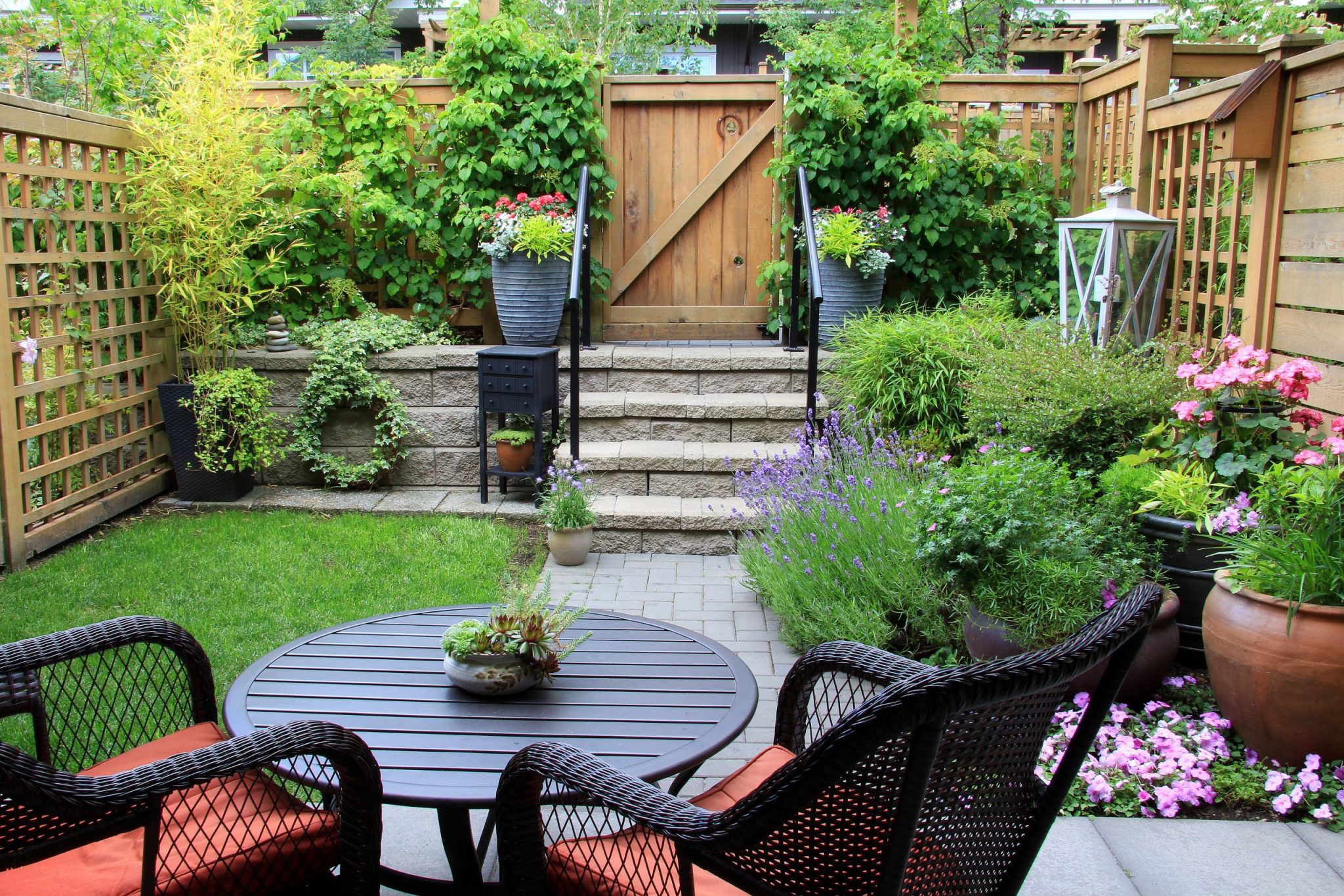
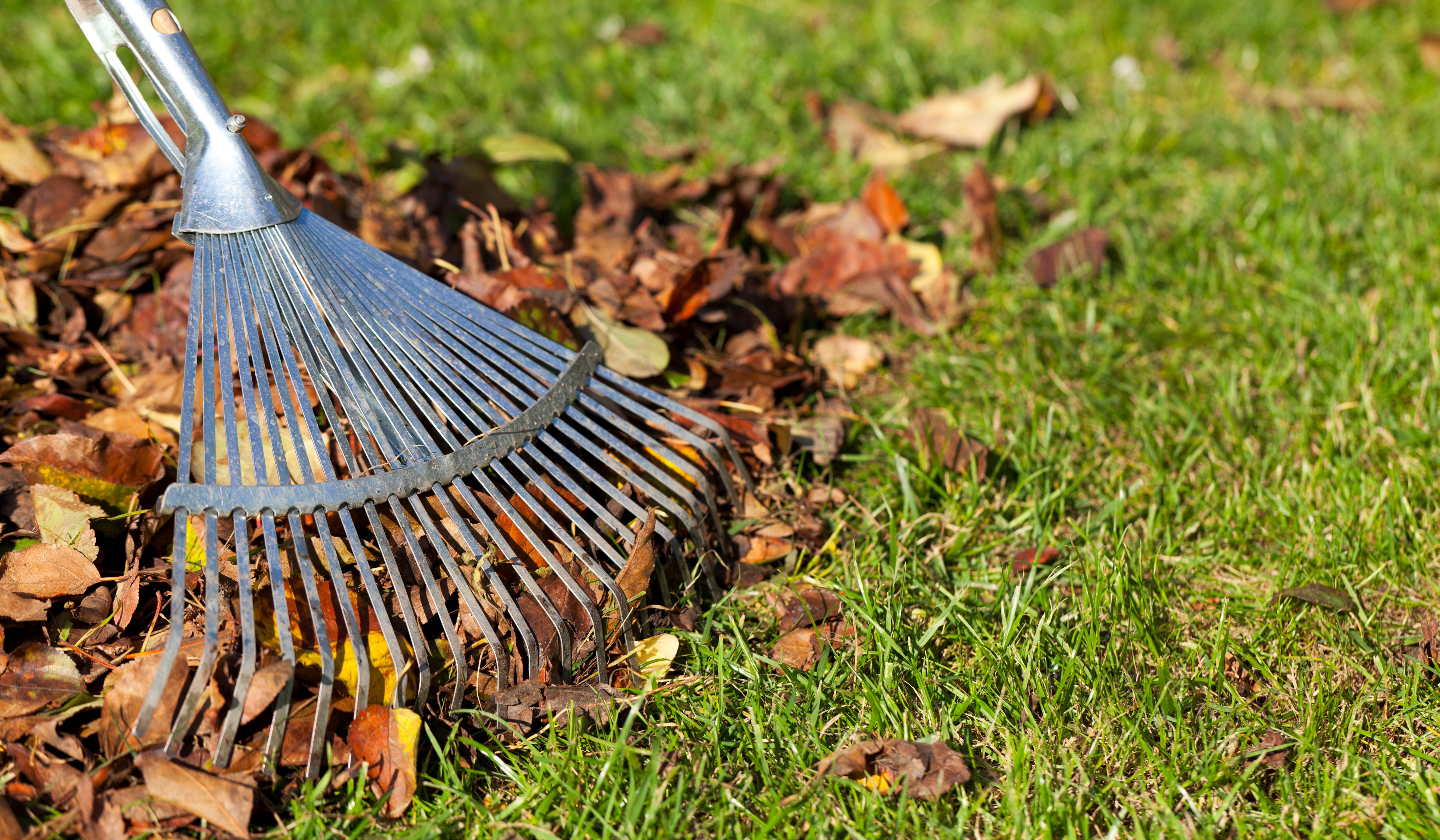

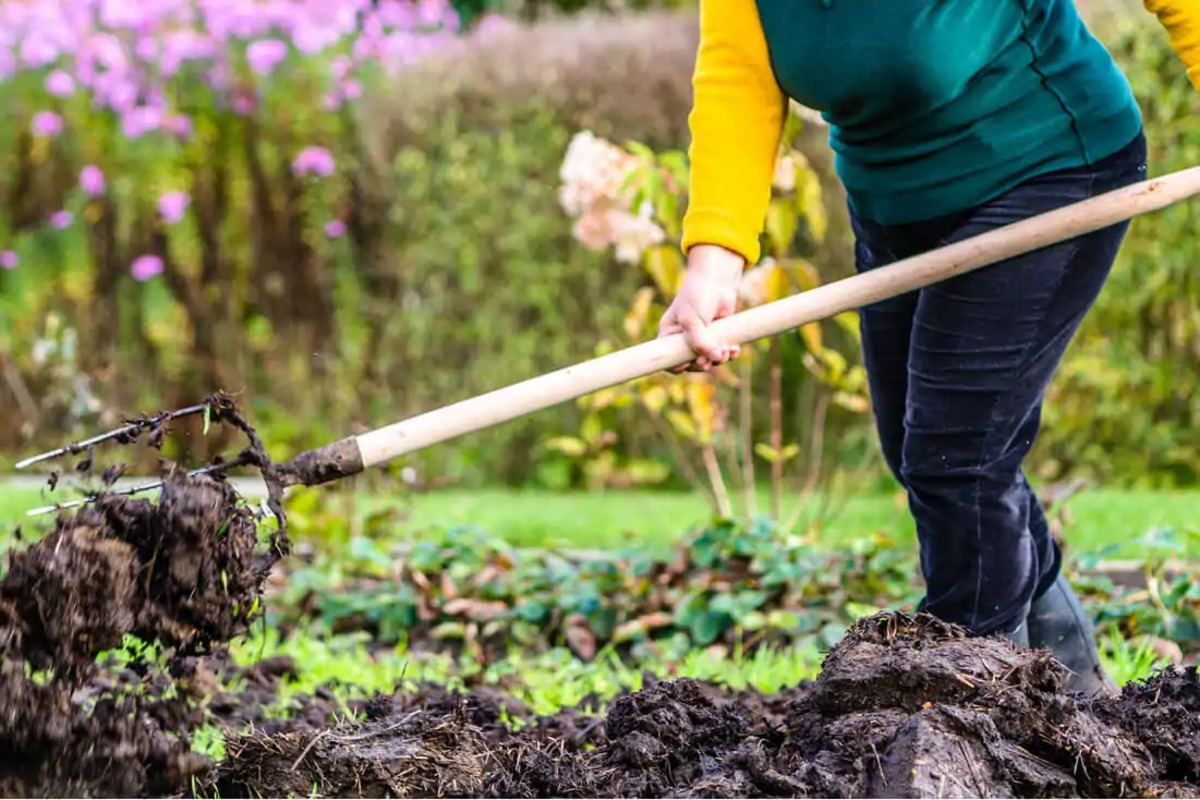

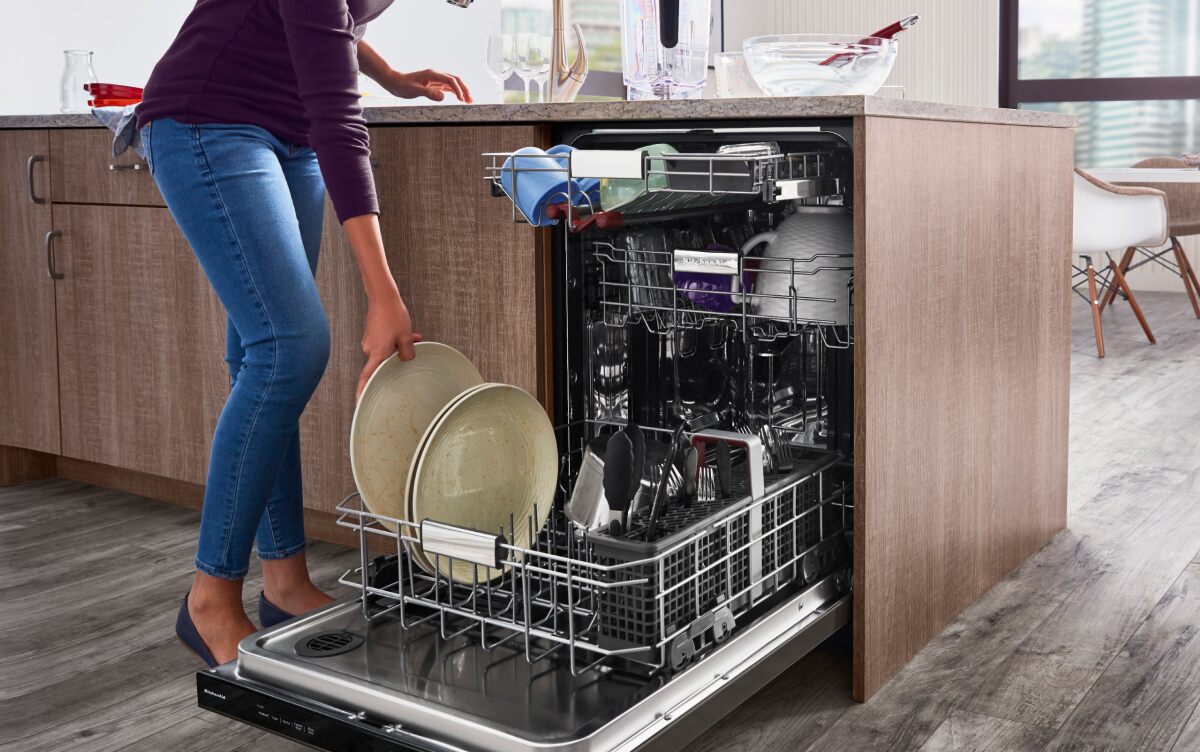
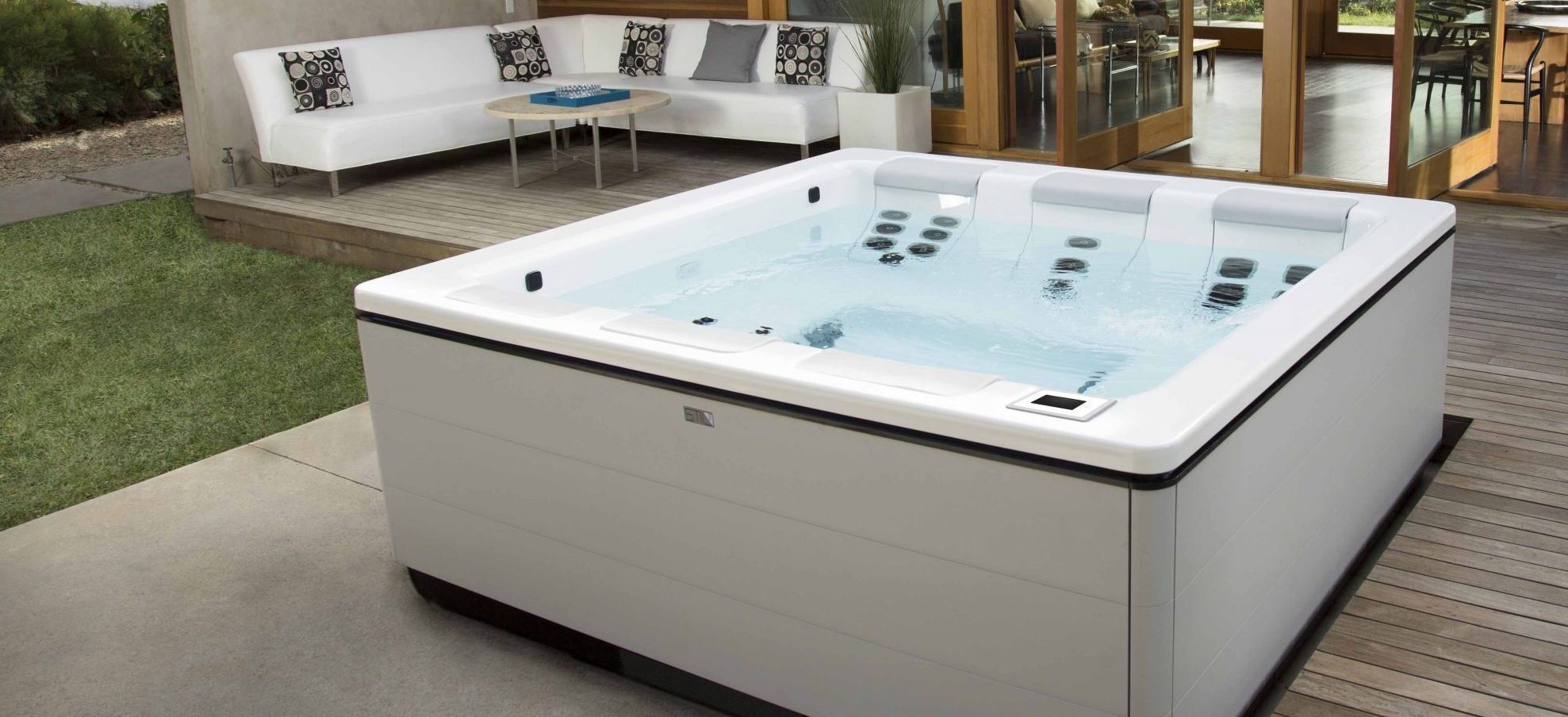
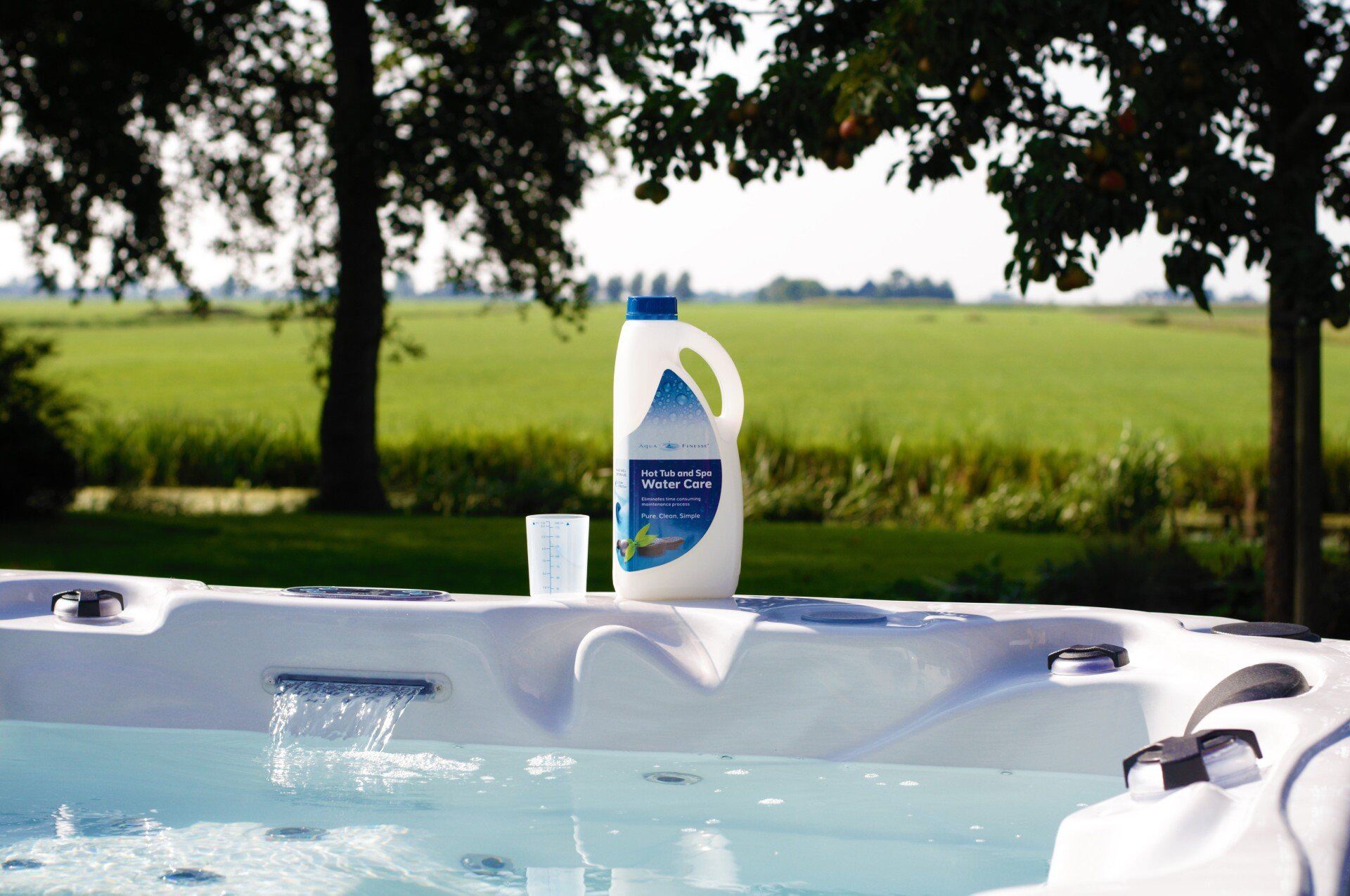
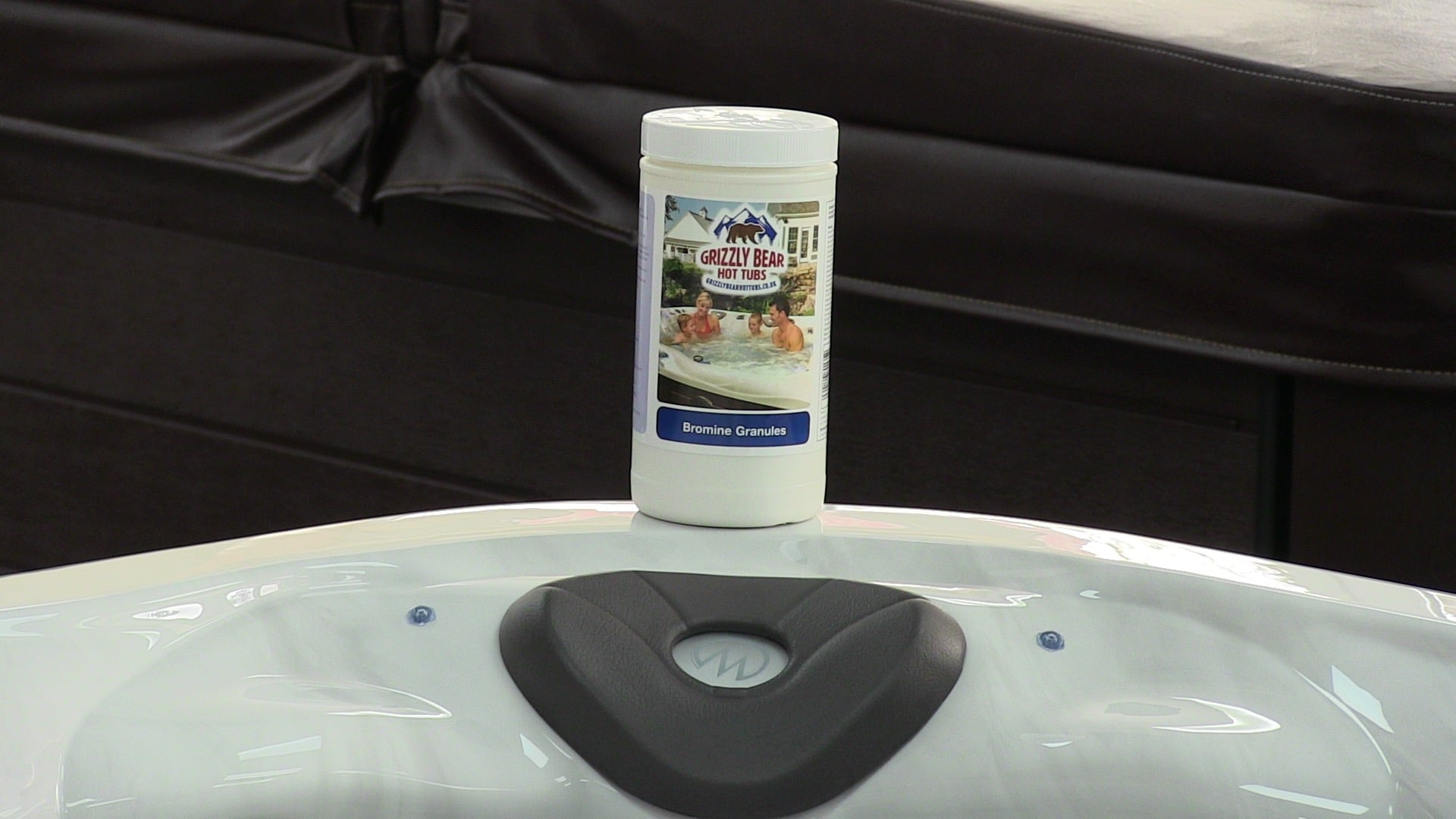

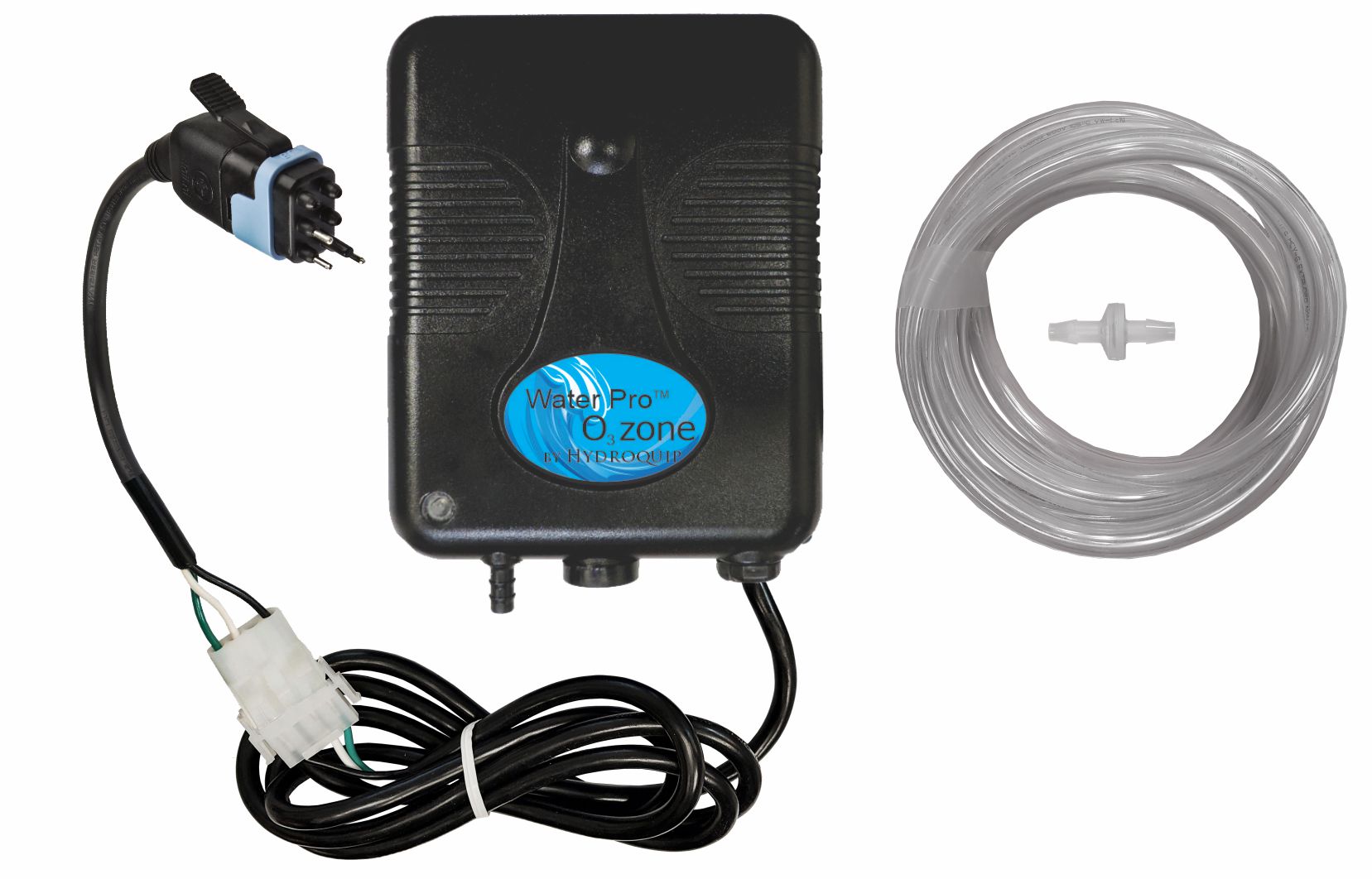

0 thoughts on “What Is A Garden Tub”